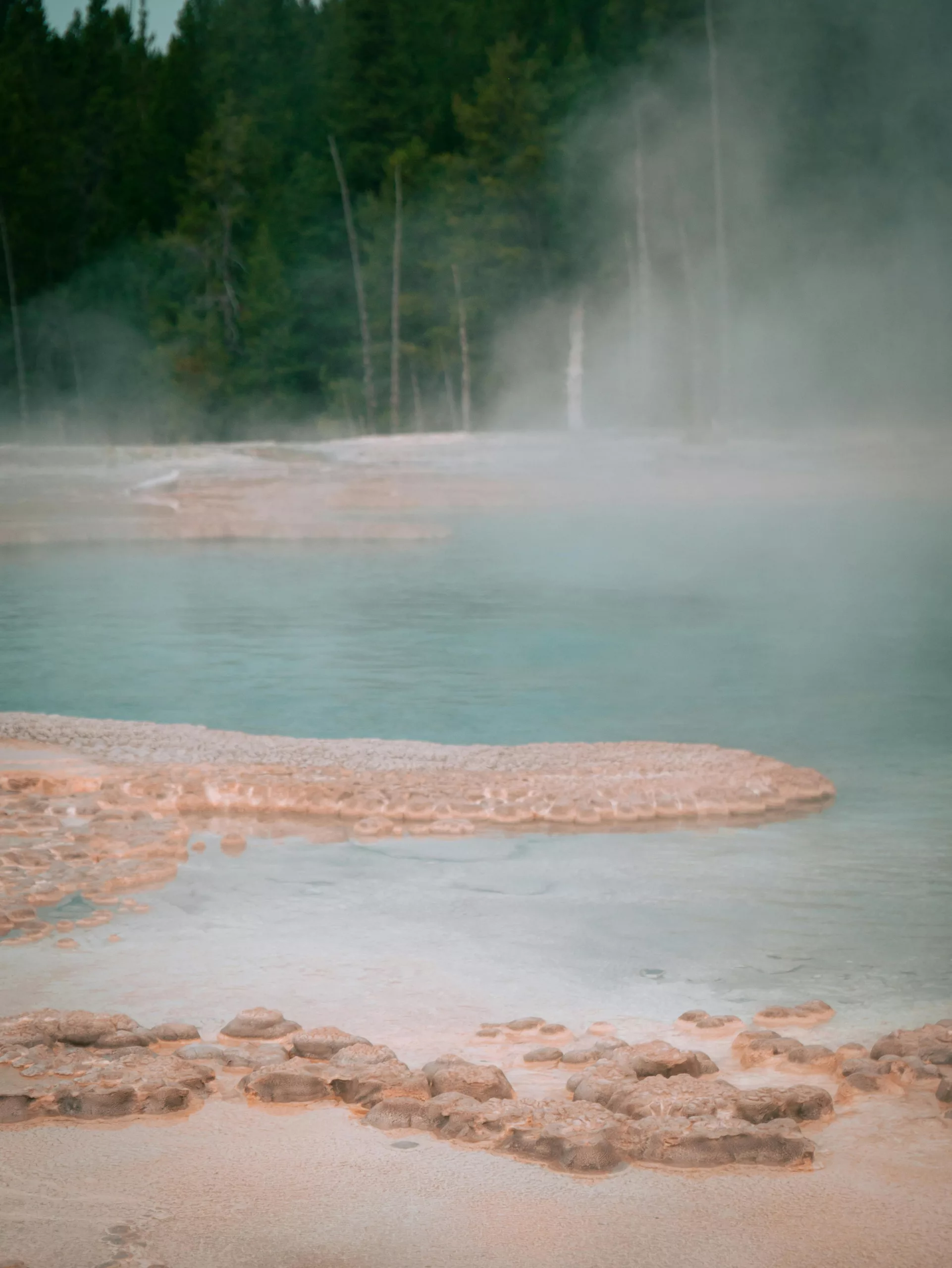The U.S. Department of Energy has embraced a significant initiative, under President Biden’s Investing in America agenda, aimed at propelling the use of renewable geothermal energy across the nation. In a remarkable boost for clean energy, up to $60 million is being allocated to drive three pioneering projects that focus on the advancement of enhanced geothermal systems (EGS). This funding, a direct result of the influential Bipartisan Infrastructure Law, will serve as a milestone in demonstrating these projects’ ability to proliferate geothermal energy, with the overarching objective of supplying enough renewable energy to power it equivalent to 65 million American homes. Moreover, these endeavors are integral to achieving the ambitious goal of a 100% clean electricity grid by 2035 and underpin the DOE’s Enhanced Geothermal Shot™ initiative, which targets a drastic 90% reduction in the cost of EGS.
Groundbreaking Projects Harnessing Geothermal Power
These ventures embark on pioneering approaches to harness the immense heat below the surface to generate clean, affordable, and consistent energy. U.S. Secretary of Energy Jennifer M. Granholm has lauded these efforts for their potential to introduce geothermal power in places across the country previously untapped for this resource. With the support of President Biden’s administration, the rollout of these pilot demonstrations is anticipated to chart the course for geothermal energy as a key player in the nation’s push towards diminishing carbon emissions, fostering job creation, and ensuring a stable energy supply.
The Innovative EGS Projects
Let’s delve into the specifics of the three projects set to revolutionize geothermal power:
- Chevron New Energies plans to leverage new drilling methods and stimulation technologies to explore geothermal energy potentials in northern California’s well-known geothermal fields.
- Fervo Energy proposes to generate a minimum of 8 megawatts from three wells located in Utah’s Milford Renewable Energy Corridor, a region not yet engaged in commercial geothermal power generation, thereby setting a precedent.
- Mazama Energy is focusing on a breakthrough demonstration of super-hot EGS, with temperatures soaring above 375°C, at the Newberry Volcano in Oregon. This project aims to contribute to the scientific understanding required to harness energy under extreme thermal conditions.
To utilize geothermal resources for electricity, a critical process of fluid movement within subsurface hot rocks must occur, allowing steam or hot water to be extracted for energy generation. While geothermal heat is a widespread phenomenon, many regions can lack the vital conditions for natural fluid flow to tap into this resource. Here, EGS technology provides a solution by creating an engineered underground reservoir, offering access to Earth’s abundant thermal energy.
Geothermal energy production in the United States currently stands at approximately four gigawatts. However, DOE’s estimates suggest that the advancement of EGS technology could see this figure soar to 90 gigawatts by 2050 — a capacity that promises to provide stable, adaptable power to power the equivalent of over 65 million U.S. homes. By enhancing EGS technology, reducing associated risks, and bringing down costs, it is anticipated that geothermal power can become a widespread, eco-friendly energy option nationwide.
Future Prospects and Funding Considerations
The projects mentioned are part of the first phase of selections under the EGS Pilot Demonstrations funding opportunity. Attention is also shifting towards future funding opportunities that will include EGS demonstrations within the eastern United States. It is important to highlight that the process from selection to award issuance involves thorough negotiations, and the DOE retains the right to cancel the negotiation process and the selection at any point if deemed necessary.
These projects, funded by the DOE’s Geothermal Technologies Office within the Office of Energy Efficiency and Renewable Energy, signal an exciting trajectory towards a sustainable energy future. For additional information regarding EGS, the pilot projects, and DOE’s other EGS research, stakeholders and interested parties are encouraged to explore further resources provided by DOE.
